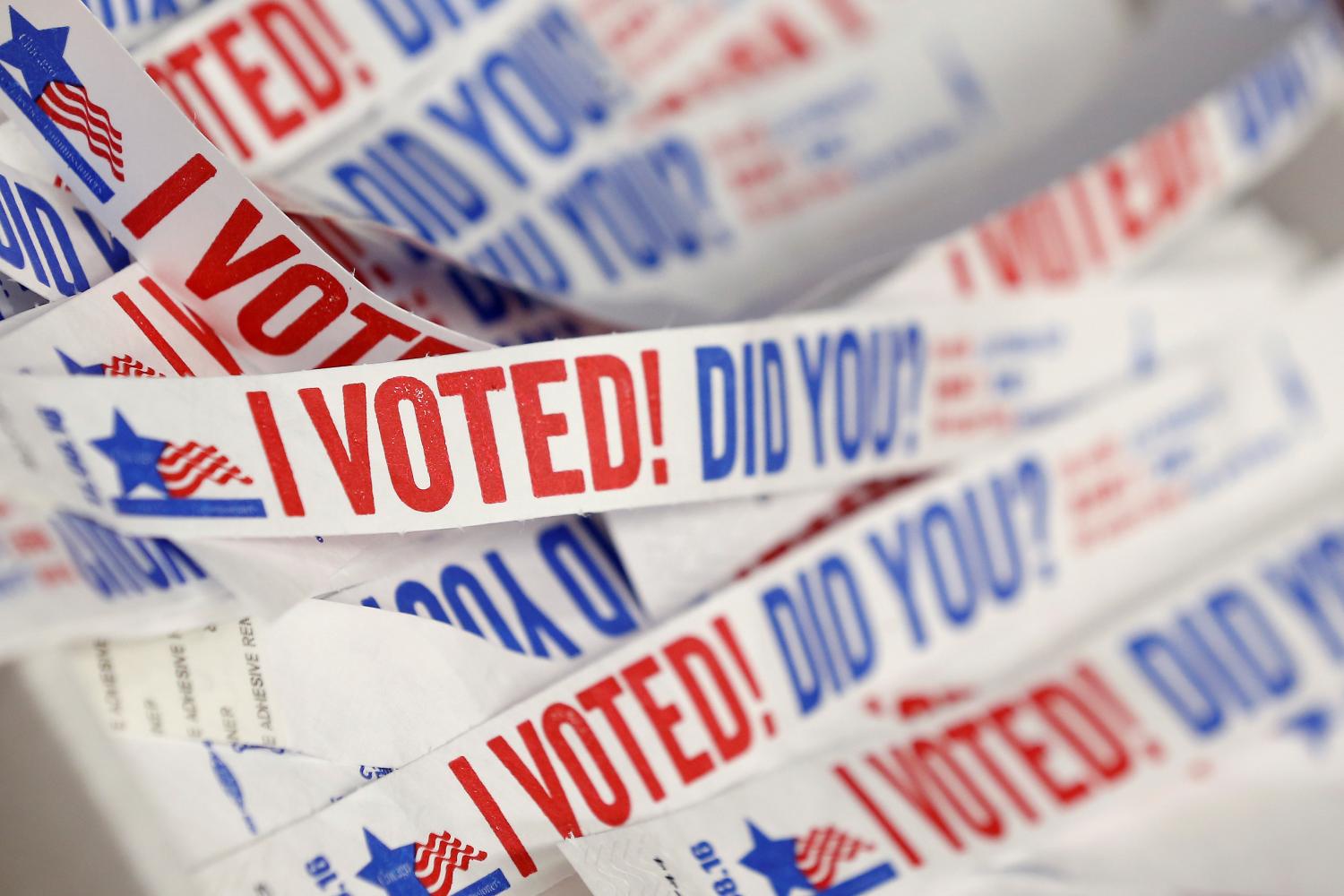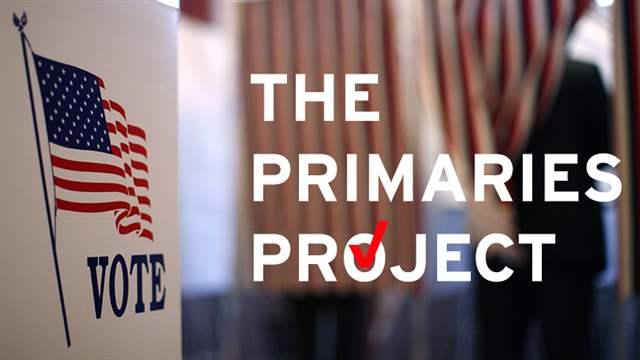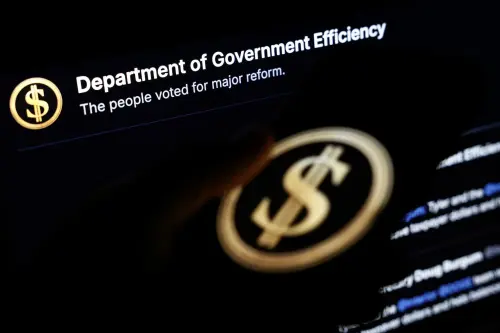The following is the first section of “Political polarization and voters in the 2018 congressional primaries,” a report from The Primaries Project at Brookings.
In many ways, the congressional primary is the stepchild of election research in America. Very few journalists, scholars, or voters have paid any attention to these elections—and for understandable reasons. For years, a large number of members of Congress have run completely unopposed. Others have drawn opponents who were underfinanced, unknown, and not taken seriously. In addition, because there is no national primary day, these elections take place over a six-month period in the year of the election, so it is easy to forget that they are happening. Save for a few high-profile races, press coverage is rare, and in the absence of coverage, even the most civic-minded people can forget to vote. Thus, in most election years congressional primaries lack the drama that comes from robust competition. No wonder there has been so little attention paid to them.1 In essence, congressional primaries are the political representation of the age-old philosophical question: If a tree falls in the forest and there’s no one around to hear it, does it make a sound?
In recent years, however, congressional primaries have begun to make a sound. In 2010, a little-known faction of the Republican Party, the Tea Party, competed and won surprise upsets in some Republican primaries. They brought a no compromise attitude to the House Republican Conference that convened in 2011, contributing substantially to the already growing polarization of American politics.2 Primaries also became the number one culprit in the search for sources of polarization. Being “primaried” is a common preoccupation among incumbent members of Congress. As Richard Fenno showed several decades ago in his landmark study of members of Congress at work, the “primary constituency” is one of the key windows through which he or she views their world. Members of Congress have more control over their primary situation than they do over their general election. (In a general election, exogenous variables such as a bad economy or an unpopular presidential candidate at the head of a party’s ticket can defeat the most conscientious member of Congress.) Thus, it should come as no surprise that primaries shape the behavior of members of Congress as they adapt to threats from their primary constituencies.3
This is the second report on voters in congressional primaries from The Primaries Project here at Brookings. This project, along with the work of other political scientists like Robert Boatright, has represented a sort of coming-of-age of research on congressional primaries. At our request, Edison Research, the company that conducts exit polls for all the major television networks, conducted the first ever exit polls on congressional primaries in 2016. That year, we received responses from 9,201 respondents, 4,694 of which voted in Democratic primaries and 4,507 of which voted in Republican primaries.4 The polls were conducted in 20 congressional districts where incumbents faced primary challengers, though we made no effort to target seriously competitive, high-profile races. Because 2016 was a presidential election year, the districts were split between those that had a presidential primary on the same day and those that did not.
For years, very few journalists, scholars, or voters have paid any attention to these elections. Recently, however, congressional primaries have begun to make sound.
Thanks to the generosity of Democracy Fund, we were able to contract once more with Edison Research to conduct exit polls in the 2018 primaries.5 This year, they completed interviews with 13,372 voters, 7,198 of which voted in Democratic primaries and 5,335 of which voted in Republican primaries. Another 839 voted in the open primaries in California. The overall response rate for these surveys was 33 percent.
While we are well aware of the limitations of exit polling, we believe that these data, along with our data from 2016, are still the best available on this important subset of voters. The one thing we know for certain is that the voters included in our exit polls actually voted. In any survey conducted after Election Day, a certain percentage of people always say they voted even if they hadn’t.6 This is a special problem in primaries, where a smaller number of voters are eligible and where turnout is extremely low, sometimes in the single digits.
This paper organizes the main findings from our exit polls into four main categories:
- Congressional primary voters’ demographics
- Congressional primary voters’ ideology
- Congressional primary voters and President Trump
- Congressional primary voters on the issues
Before concluding, we also briefly introduce some findings from respondents participating in California’s top-two primary.
Continue to the next section, “The demographics of primary voters.“
-
Footnotes
- See, for instance, Bernard Fraga and Eitan Hersh, “Voting Costs and Voter Turnout in Competitive Elections,” Quarterly Journal of Political Science, 5: 2010, 339-356.
- See, for instance, Thomas E. Mann and Norman J. Ornstein, It’s Even Worse than It Looks, (New York, Basic Books, 2012).
- See Elaine C. Kamarck and James R. Wallner, “Anticipating Trouble: Congressional Primaries and Incumbent Behavior,” forthcoming, The Brookings Institution and the R Street Institute, October, 2018.
- Kamarck, Elaine C., Alexander R. Podkul, and Nick Zeppos, “Political Polarization and voters in the 2016 congressional primaries,” (Washington, DC The Brookings Institution) January 2017.
- Brookings recognizes that the value it provides is in its absolute commitment to quality, independence, and impact. Activities supported by its donors reflect this commitment.
- Even in the 2016 Cooperative Congressional Election Study that matches respondents to the Catalist voter file to validate vote history, one in three respondents remains unmatched which may introduce potential biases.
The Brookings Institution is committed to quality, independence, and impact.
We are supported by a diverse array of funders. In line with our values and policies, each Brookings publication represents the sole views of its author(s).






